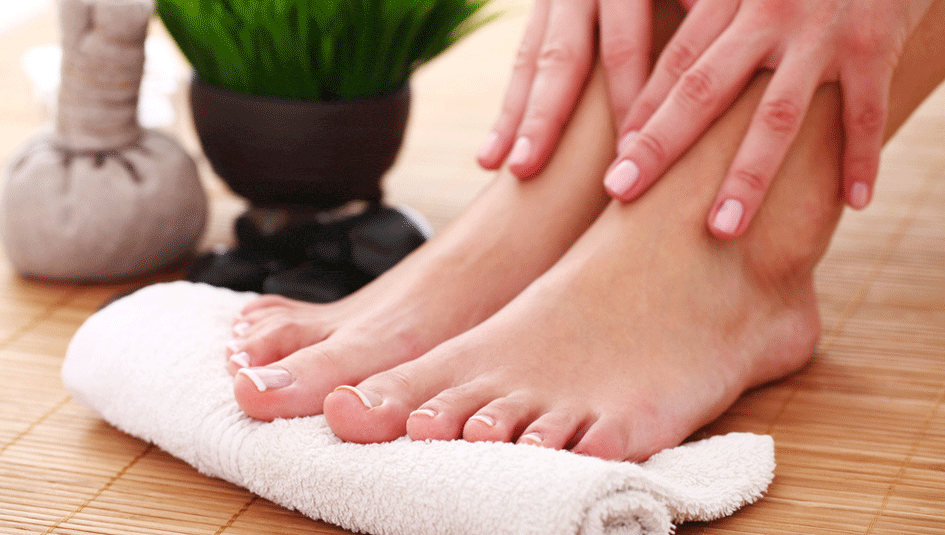Seven Tips for Improving Foot Care

Individuals with diabetes are vulnerable to serious foot problems due to poor circulation and nerve damage. In fact, foot problems account for 1 in 5 diabetes-related hospital visits. Maintaining a healthy lifestyle and controlling your blood glucose levels are essential to foot health.
Studies have shown that individuals with diabetes have an increased risk of developing plantar fasciitis, a foot condition that involves the inflammation of the plantar fascia. Other severe conditions that may occur without proper foot care include fungal infections, corns, bunions, calluses, warts, ingrown, and hammer toes. Following a foot care routine helps prevent serious foot problems related to diabetes or other causes. Here are seven steps to take better care of your feet:
1. Check your feet
Always inspect your toes, sides, heels, tops, and all areas of your feet. If it is difficult to check your own feet, ask someone to help or use a mirror. Call your doctor if you see any blisters, redness, bruises, or cuts.
2. Wash and dry your feet
Use warm water with mild soap to wash your feet every day. Use your fingers or elbow to test the water temperature before soaking your feet. Once you’re done, dry your feet thoroughly. Fungal infections tend to occur in damp areas, so make sure that the spaces between your toes are dry as well.
3. Trim your toenails
After taking a bath or shower, trim your toenails straight across. Use a nail file to smooth them. Avoid cutting corners and cuticles of your toes. A podiatrist may help if it is difficult to reach your toenails.
4. Apply moisturizer
When your skin is rough or dry, apply lotion or oil to your feet. Dry feet can cause the skin to crack, allowing germs to enter the skin. Avoid using lotion between your toes as moist areas can also lead to infections.
5. Improve blood circulation
Diabetes reduces blood flow to lower extremities. You can improve circulation to your feet by wiggling your toes and moving your ankles. Do not cross your legs. You may also consider planning a physical activity program with your doctor. Avoid exercising when you have cuts or open sores.
6. Protect your feet
Always wear socks, shoes, or hard-soled slippers to protect your feet. Do not wear shoes with pointed toes or high heels. Leaving your feet unprotected increases the risk of injury and infections. Make sure that you wear natural-fiber socks and change them daily.
7. Use proper-fitting shoes
Do not wear ill-fitting shoes. Your footwear should be as wide as your foot and at least a half-inch longer than the longest toe. Consider asking your doctor for special shoes.
Following these simple tips will help you keep your feet healthy. If you notice any cuts, sores, or signs of swelling, go to your podiatrist or doctor. Finally, do not self-treat calluses, corns, or other foot problems, as you may exacerbate the problem.
Do you have an idea you would like to write about for Insulin Nation? Send your pitch to submissions@insulinnation.com.
Thanks for reading this Insulin Nation article. Want more Type 1 news? Subscribe here.
Have Type 2 diabetes or know someone who does? Try Type 2 Nation, our sister publication.